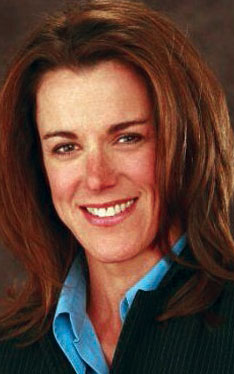New infusion recommendations provide opportunity for dialogue

By Theresa Flaherty, Managing Editor
Updated 10:19 AM CST, Fri February 3, 2023
 ALEXANDRIA, Va. – The home infusion community has longstanding partnerships with commercial payers, but there’s always room for improvement when it comes to providing high quality care at the lowest possible cost, says Connie Sullivan, president and CEO of the National Home Infusion Association.
ALEXANDRIA, Va. – The home infusion community has longstanding partnerships with commercial payers, but there’s always room for improvement when it comes to providing high quality care at the lowest possible cost, says Connie Sullivan, president and CEO of the National Home Infusion Association.
The NHIA recently developed recommendations that it says will get a dialogue going between payers and providers.
“We started talking with our members about, ‘Where are there opportunities for payers to utilize you to your fullest capacity,’” she said. “What are the opportunities for efficiency, or reducing administrative burdens? We felt these were areas where payers where receptive to what we are proposing and what the benefits would be.”
Among the eight recommendations, which largely came from a Payor Summit that NHIA hosted in the fall of 2022: encouraging payers to establish distinct specialty networks of locally based, full-service infusion providers; requiring the coordinated provision of infusion supplies, equipment and services; and adding codes for ambulatory infusion suites to contracts.
Another recommendation: coordinating or combining the process for prior authorizations, Sullivan says.
“We often straddle the line between the pharmacy benefit and the medical benefit and having to get separate authorizations can delay a patient leaving the hospital or (getting) a new medication,” she said. “Is there a way payers could consolidate that process, or by default, you automatically have the authorization for the infusion nursing. There’s an opportunity for efficiency.”
The NHIA is also recommending that providers have conversations with payers about coverage for vascular access devices, like PICC insertion kits and services, which they are well qualified to provide, said Sullivan.
“It is the bar to entry for infusion nurses to provide PICC access,” she said. “It can prevent a lot of hospitalizations or (reduce hospital stays) for patients with minor infections who are not that sick.”
Ultimately, it’s up to providers to decide whether they want to pursue any of the recommendations with the payers, but it’s a good starting point, says Sullivan, who says the NHIA is also planning another Payor Summit later this year.
“These are areas where board members and others feel there is a fair consensus on our side, with some input from payers that attended our summit,” she said.
Comments